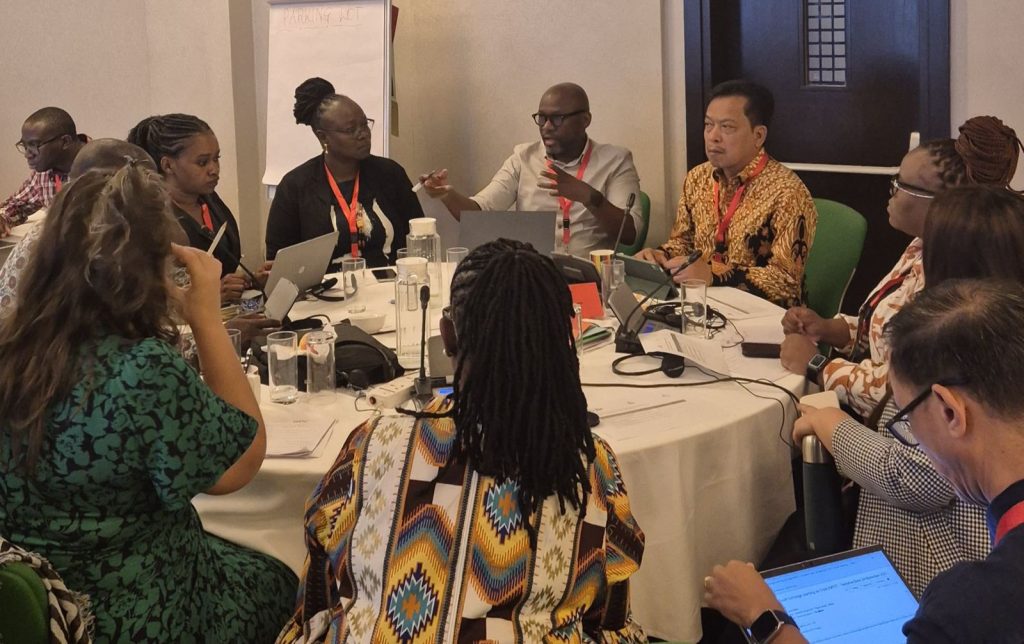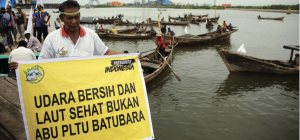Jakarta – The National Disaster Management Agency (BNPB) has emphasised that Indonesia needs to integrate its pandemic and climate change response systems into the national disaster management framework. The two threats are increasingly interrelated, making it ineffective to address them separately.
Acting Deputy for Prevention at the National Disaster Management Agency (BNPB), Pangarso Suryotomo, said in a statement on Monday, 3 November, that Indonesia’s experience in dealing with Covid-19 demonstrated the strength of national coordination. However, he considered that this approach needed to be expanded because health risks were increasingly directly triggered by global climate change.

“BNPB believes that sustainable resilience can only be achieved through the integration of health systems, disaster risk management, and climate change adaptation,” said Pangarso in a written statement.
He explained that, based on Law No. 24 of 2007, pandemics are categorised as non-natural disasters, so the National Disaster Management Agency (BNPB) has the mandate to lead their management, as was the case with Covid-19. However, climate dynamics are now triggering new threats, including the spread of disease, extreme temperature rises, and disruptions to water supply. “This approach needs to be expanded to include the dimension of climate change,” he explained.
The BNPB stated that the threats of pandemics and climate change must be mainstreamed into every phase of disaster management, from preparedness and early warning to emergency response and recovery. This recommendation also follows up on lessons learned from the international Communities in Pandemic Preparedness and Response (COPPER) event in Nairobi, Kenya.
As a concrete step, BNPB proposed establishing a centralised, inclusive national coordination system linking BNPB, the Ministry of Health, and community networks. According to Pangarso, the platform would not only serve as a communication channel but also as a command centre for rapid response. “With this capability, the three pillars can provide early warnings to each other, monitor the development of threats, and optimise the distribution of resources,” he said.
The BNPB also emphasised the urgency of developing evacuation guidelines and a health logistics supply chain so that emergency services and aid distribution, such as medicines, clean water and tents, can be delivered quickly and evenly. These guidelines are considered essential for maintaining basic health services during disasters.
Pangarso emphasised that a disaster management approach enables a more comprehensive response, not just a short-term one. “A disaster management approach enables a more comprehensive response, ranging from prevention, preparedness, emergency response, to post-disaster recovery, involving all elements of the government and society,” he said.
Furthermore, BNPB highlighted the impact of climate change, which increases health risks, including the re-emergence of diseases in areas previously free of endemic diseases, triggered by changes in temperature and weather patterns.
According to Pangarso, pandemic preparedness must now take into account the context of the climate crisis. This approach aligns with the concept of Resilient and Sustainable Systems for Health (RSSH) and is consistent with climate adaptation policies.
Through this integrated approach, BNPB has committed to strengthening cross-border and cross-sector collaboration. “The threat of pandemics and climate impact are global challenges that cannot be addressed partially. Integrating these systems is a step towards a more resilient future,” said Pangarso. (Hartatik)
Banner photo: Flood conditions affecting the Aceh Jaya Regency, Aceh Province on Tuesday (4/11). Source: Aceh Jaya Regency Disaster Management Agency















